There are those who get excited by warblers, and those who do not.
Both were in evidence on a recent visit to the local city park. I could not tell where individuals stood as far as political affiliation, sport team allegiance or any of the myriad other ways we choose to divide ourselves. Except warblers. I could tell in an instant where any given person stood on warblers.
Team Bird was out in full force on this otherwise dreary winter day. They predictably had cameras and binoculars. They also were gesticulating wildly, hopping over stumps and bending at odd angles. Also, the warbler people were happy. Very, very happy. Big smiles everywhere.
The rest? The people here to walk, jog and walk their dogs? They were alternately intrigued (at least at first), mystified, even annoyed.
“What’s everyone looking at?” one man asked me.
“A black-and-white warbler,” I replied.
“Oh, a bird.”
He did not say this as a question. His tone could not be more clear. We were not looking at a wolverine or even a deer. We were looking at a bird and a little bleeping bird at that.
But. What a bird. It hopped around along a creek, darting around a fallen tree trunk, pausing long enough to allow clear views with binoculars. The black-and-white warbler is appropriately named; it’s covered in high-definition black-and-white stripes.
It’s a charismatic bird under any circumstance, and even more so at this park in Boise, Idaho. Black-and-white warblers are typically found hundreds of miles to the east, with only a handful of sightings in Idaho over the past 20 years.
Searching for local rare birds is a mainstay of birding culture. Searching for rare birds is also a fun and accessible nature adventure anyone can enjoy. Here’s an overview to get you started.
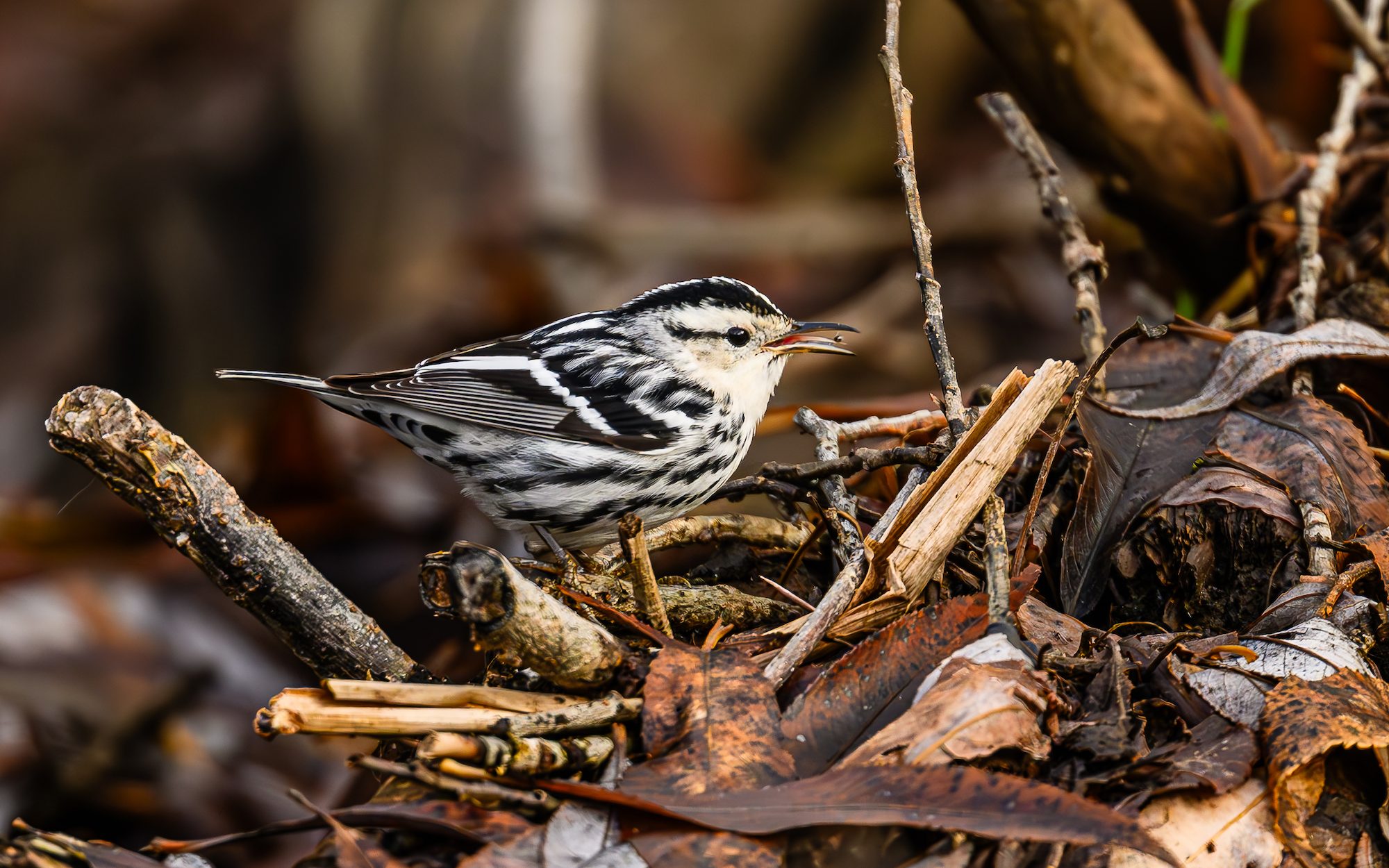
What’s a Rare Bird?
If you imagine rare wildlife, your mind probably goes to endangered species like the California condor, a bird with a wild population of under 350 individuals. For most people, finding a California condor requires travel.
But recreational birding uses a more expansive definition of “rare bird.” Really, it’s any bird that is not typically found in a locale. Like any creature, birds have home ranges. But birds are also highly mobile and many species are migratory. So they can show up in unexpected places.
This can result in spectacular occurrences: In 2022, a Steller’s sea eagle – a large bird found in Asia – turned up in New England. Birds can get blown off course, and the most exciting rare birds for birders are often species from another continent. Some Eurasian species are recorded in North America, in small numbers, every winter. Others, like the sea eagle, might happen once and not be recorded again for decades, if at all.
Other rarities are less, well, rare. Several Arctic owl species will spend winters farther south due to shifting prey abundance in their usual home range. Every few years, you might have the chance to see a snowy owl or great gray owl well to the south of its usual home.
Other birds are expanding their range north. A rare sighting this year might be much more common ten years from now. I reported a Eurasian collared dove, a non-native species, when I first saw one in my backyard ten years ago. As I write this, there are a dozen sitting on power lines in my neighborhood.
Birders record all this and more.
In the past, word of rarities largely came via word of mouth. By the time you heard of a rare bird sighting, the bird might be hundreds of miles away.
But thanks to various apps and social media (and citizen science efforts), tracking rarities is now accessible to anyone. Birders record sightings including locations. Perhaps the best method is eBird’s Rare Bird Alerts. You can sign up to receive alerts for your region and get a report delivered to your email inbox.
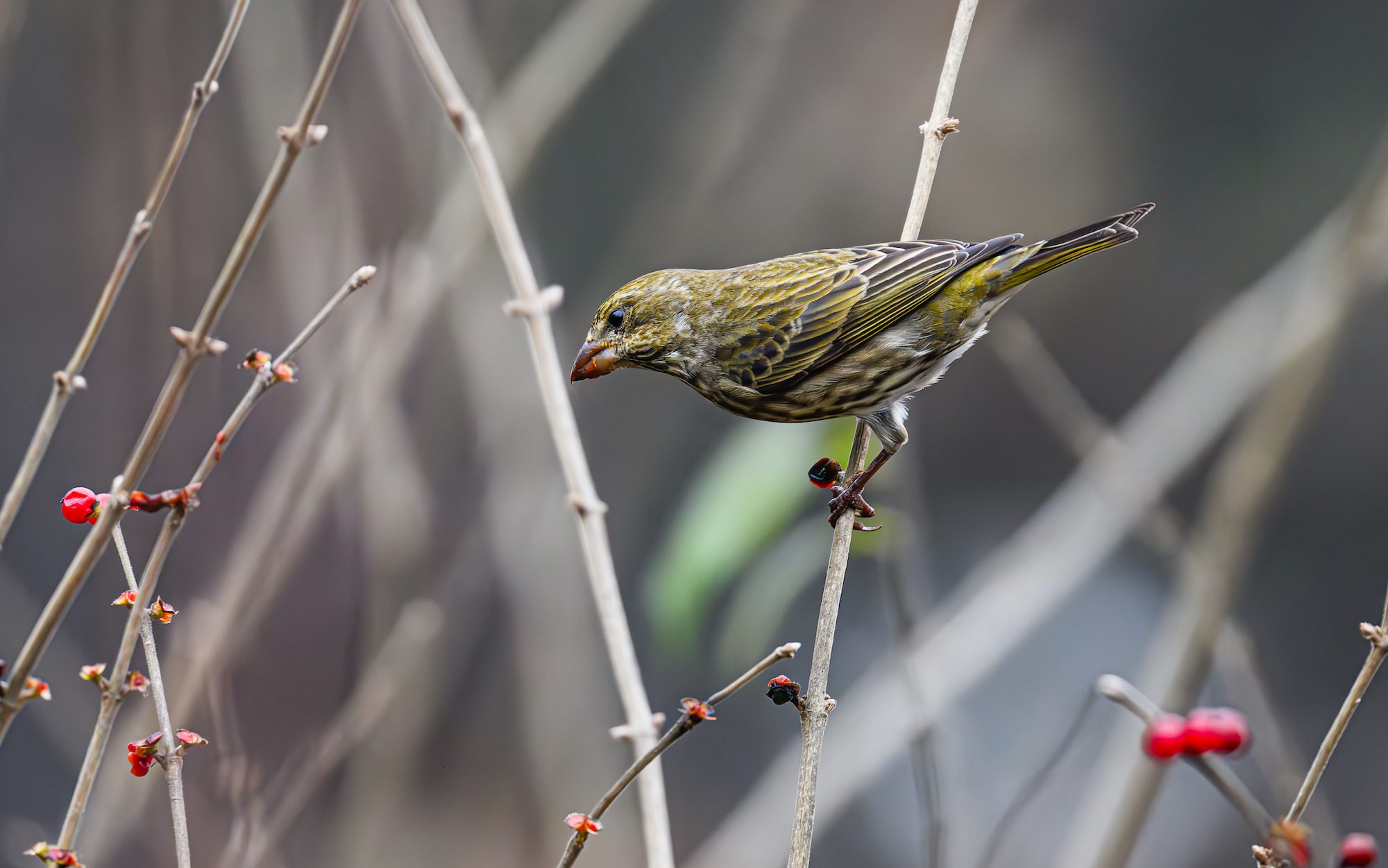
How To Find Rare Birds
You might think finding rare species is an activity for obsessed, advanced birders. I’d argue it’s the ideal way to break into birding or improve your budding skills. Here’s why.
The rare bird alerts give locations, often accessible city parks and preserves.
If you just randomly go out birding, it can be overwhelming. Even going out with a local bird group can be an exercise in frustration, as experts point out species after species. I know from experience that it can be challenging to remember what you’ve learned, and the day’s sightings start to blur together. OK, I saw 3 sparrow species, but can I really remember how to tell them apart?
But if you follow up on a rare bird alert, you’re looking for a specific species in a defined place. You can study your field guide in advance. Searching with a particular goal is both fun and gives your walk a focus. And there’s a good chance other birders will be out there looking.
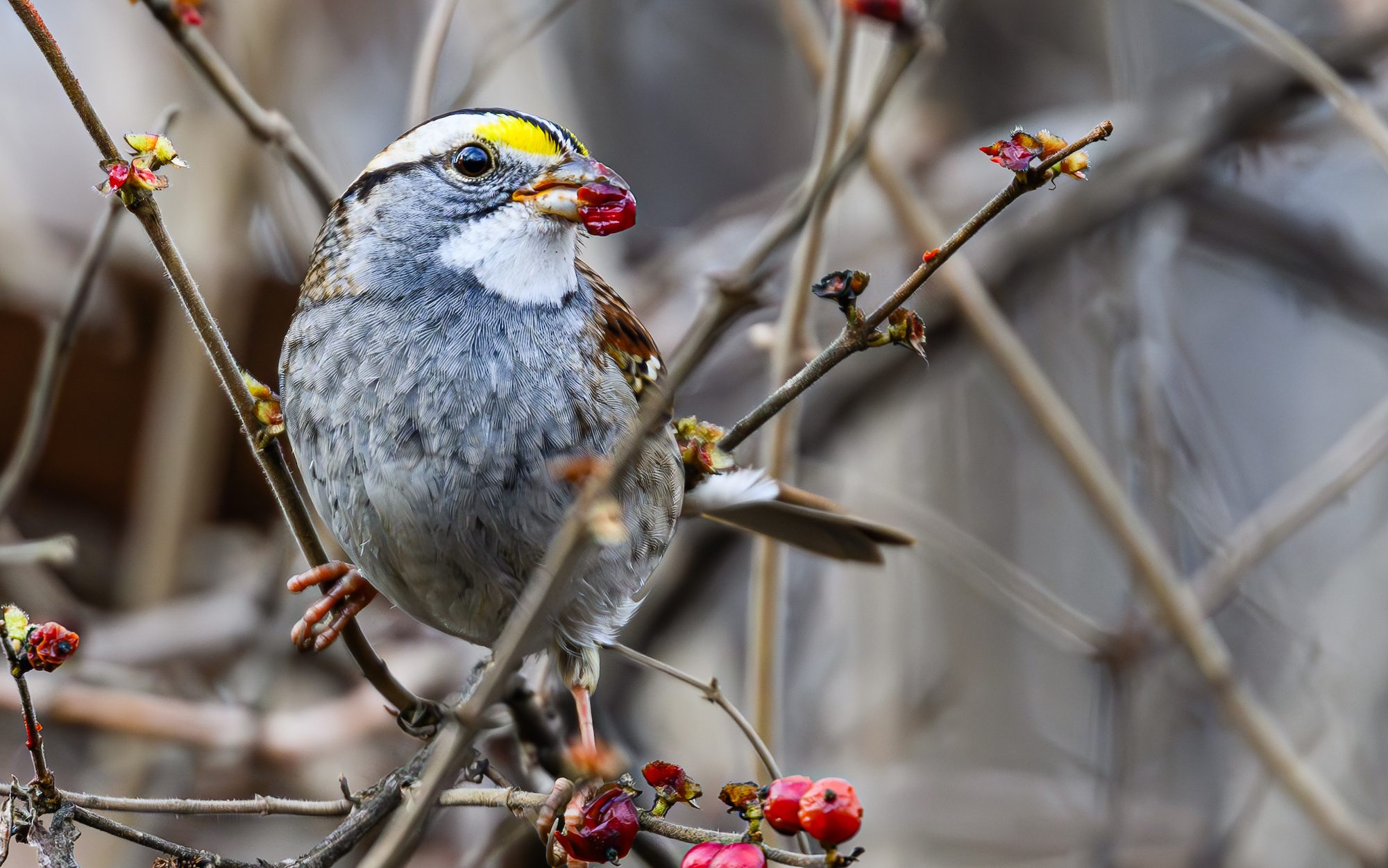
Searching for rarities can get a bad rap among some purist birders. It’s true that a sighting like a Steller’s sea eagle can set off a feathered gold rush, with obsessives flying in to tick off the sighting. In some instances, birders have trespassed on private property and harassed birds in their perceived need to “tick” a new species. This is not ethical or acceptable.
But my experience is somewhat different. Many local rarities – like the aforementioned black-and-white warbler – are not particularly difficult in other parts of North America. So it’s not drawing the competitive birders or the big-year maniacs. I’ve found local rare bird enthusiasts to be friendly and helpful, willing to point you in the right direction and share info.
The social aspect of a rare bird is one of the best parts. Quite different from other outdoor enthusiasts (especially anglers), birders are not secretive about sightings. Show up with binoculars, and you’ll find fellow enthusiasts ready to assist. You will also find plenty of people wondering why there’s excitement over “just a bird.” But ignore the funny looks and start looking.
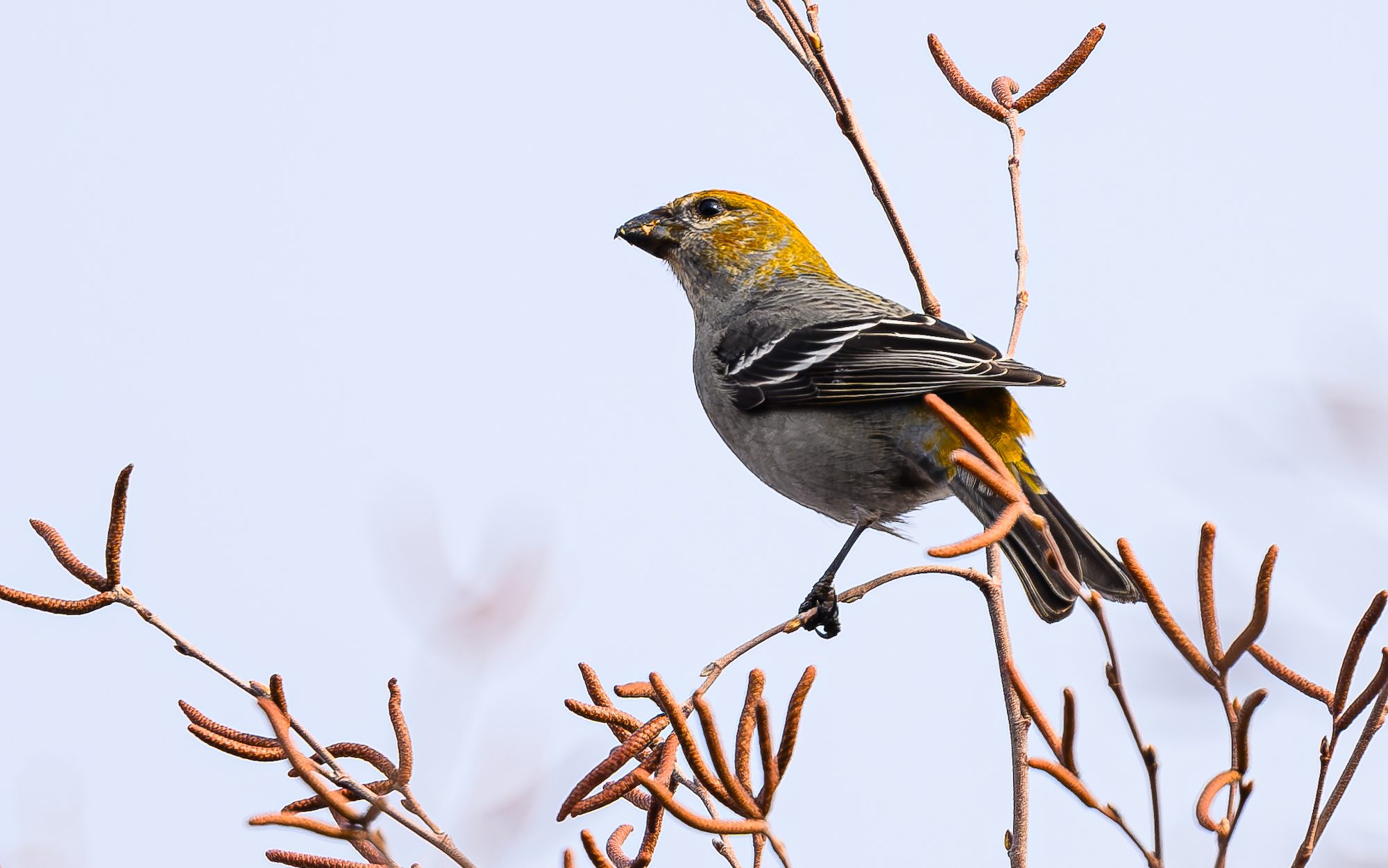
Selecting the Right Bird
As part of my recent resolution to improve my birding skills, I started getting eBird Rare Bird alerts daily. There are often a half-dozen or more birds listed for my local Boise area. Given life’s time constraints, I have to pick and choose.
Some of them are pretty easy to dismiss. A turkey vulture might be somewhat unusual for Boise in January, but I’ve seen hundreds, including standing in my own yard. Blue jays are indeed uncommon in Idaho (but showing up with more frequency), but since I grew up in Pennsylvania, I used to see them on a daily basis.
With rare bird lists, you can choose your own adventure, focusing on the most spectacular, like a great gray owl, or just one you haven’t seen.
As far as the black-and-white warbler, I learned the old-fashioned way. I was on a gull-watching trip at the landfill, as I wrote about in another story, and trip leader RL Rowland mentioned seeing the warbler the previous day. I love a creature quest, so on the way home I followed Rowland’s directions and pulled into a local park.
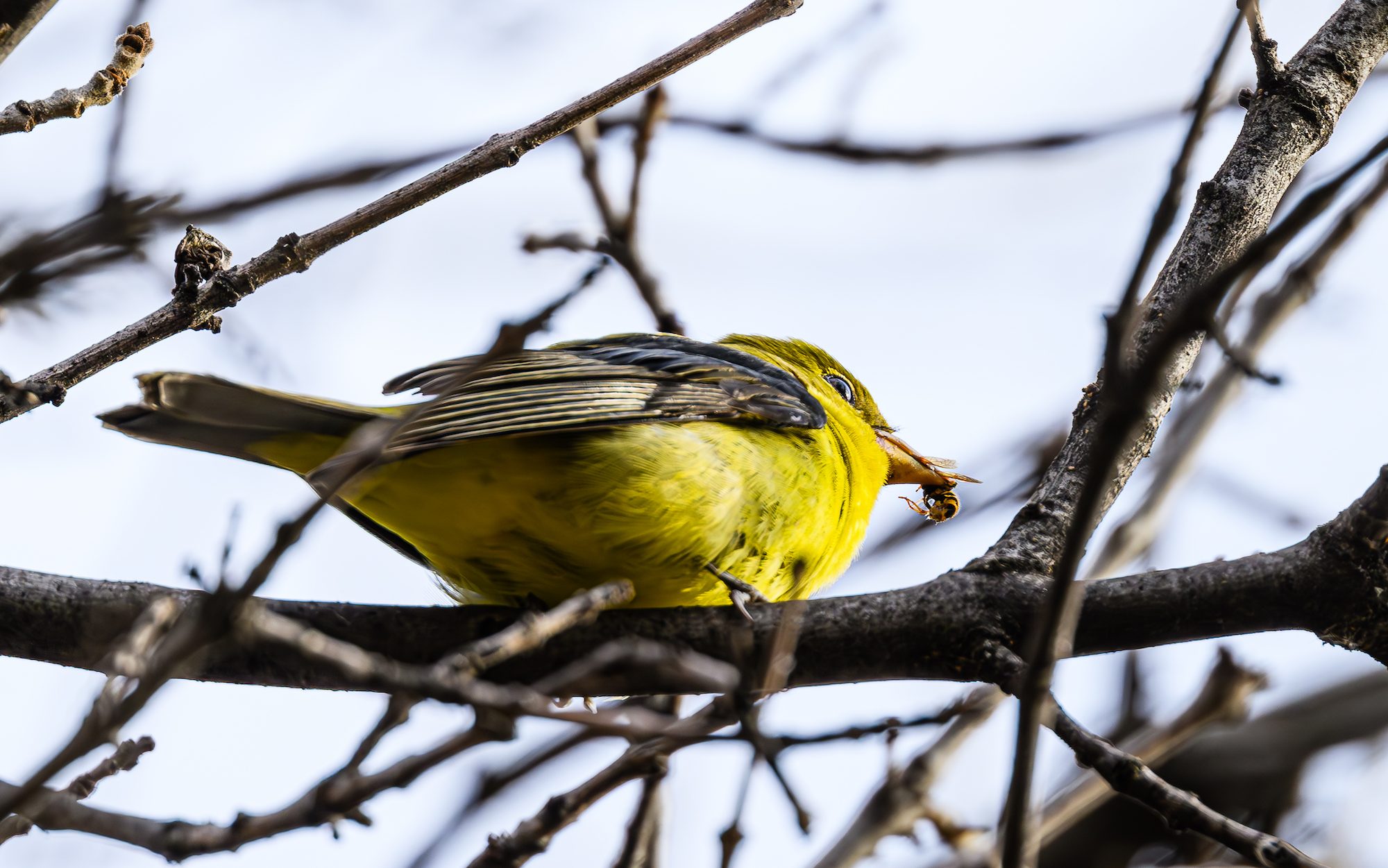
Warbler Quest
I admit I had a little trepidation at my ability to find a warbler. Objectively, my bird ID skills range from excellent (waterfowl) to passable (raptors) to failing grades (shorebirds, warblers). Also, even when I know the park where the bird was sighted, finding one small bird over acres of habitat seems about as likely as finding a unicorn.
But I had help. As soon as I exited the car with binoculars, another pair of birders found me. “You here for the warbler?” they asked. “Just cross the bridge and look for the big cameras.”
I suppose some might want a greater test of field skills. I like going out and looking on my own, just seeing what I find. But today it would be fun just to see a beautiful little bird.
It didn’t take me long to find a loose group pointing cameras and binoculars. Seeing my interest, they waved me over. “Watch the fallen log,” one said. “It’s foraging, and it pops out every couple of minutes.”

It was mixed in with black-capped chickadees, white-crowned sparrows and a couple of ruby-crowned kinglets. I watched these other birds and suddenly, there it was.
I needn’t have worried about my warbler identification skills. The black-and-white warbler is unmistakable, strikingly colored and distinct. Not a big bird, but a beautiful one. It was a new bird for my life list, but well worth seeking out for its own sake.
Since the warbler sighting, I’ve been tracking down other rare bird reports in the Boise area. Perhaps what I love most about this activity is where it occurs. I’ve been seeking rare birds at city parks, nature preserves and greenbelt paths.
Tracking locally rare birds doesn’t require expensive safaris or extensive gear. With the daily reports, it’s clear you can find something interesting pretty much any day of the year. Even at a local park, you’ll find there’s more interesting wildlife than you might have imagined. And there’s a good chance you’ll meet some new friends to share the experience.
Author’s note: special thanks to Boise birder, conservationist and photographer Ken Miracle, who supplied the photographs for this blog. I met Ken during his volunteering for TNC many years ago and he remains an active volunteer. He is also diligent in tracking down local rare birds and photographing them.
